Can Urine Cause a Rash? Understanding and Managing Skin Irritation from Bed-wetting
How does urine affect skin health. What causes skin rashes due to bed-wetting. How to prevent and treat urine-related skin irritation. What are effective cleaning methods for urine-exposed skin. Which products can protect skin from urine damage.
The Impact of Urine on Skin Health
Urine, a waste product filtered by the kidneys, can have significant effects on skin health when there’s prolonged exposure. This is particularly relevant for individuals dealing with bed-wetting or overactive bladder issues. Understanding these effects is crucial for maintaining skin integrity and preventing discomfort.
Chemical Composition of Urine and Skin Irritation
The chemical nature of urine plays a primary role in skin irritation. When urine comes into contact with skin for extended periods, it can disrupt the skin’s natural balance in several ways:
- Ammonia formation: Bacteria on the skin can convert urine components into ammonia, which is highly irritating to skin.
- pH alteration: Urine can change the skin’s pH level, making it more susceptible to fungal and yeast infections.
- Moisture overload: Excessive moisture from urine can lead to skin maceration, weakening its protective barrier.
Does urine always cause skin irritation. Not necessarily, but prolonged or frequent exposure significantly increases the risk of skin problems.
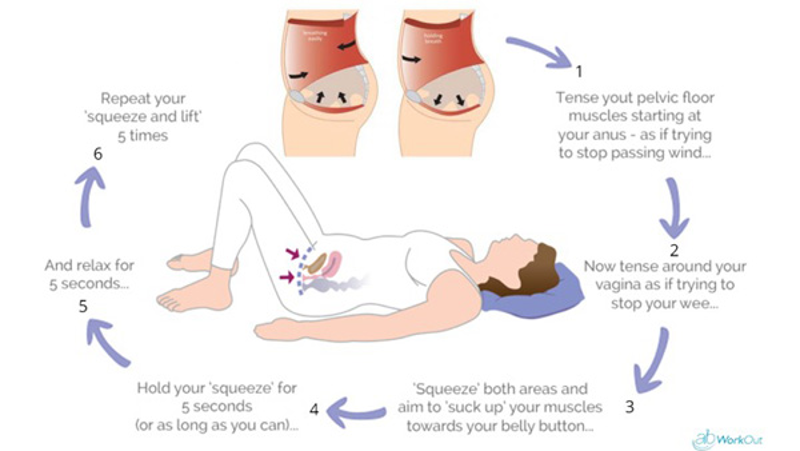
Common Skin Issues Associated with Urine Exposure
Chronic exposure to urine can lead to various skin conditions, each with its own set of symptoms and treatment needs. Recognizing these issues early can help prevent more severe complications.
Types of Urine-Related Skin Conditions
- Contact dermatitis: Characterized by red, itchy, and inflamed skin
- Fungal infections: Including athlete’s foot and jock itch
- Yeast infections: Often presenting as bright red skin with surrounding bumps
- Skin abrasions: Caused by friction between wet skin and clothing or incontinence products
Can these skin conditions be prevented. Yes, with proper hygiene practices and skin care routines, many urine-related skin issues can be avoided or minimized.
Effective Cleaning Techniques for Urine-Exposed Skin
Proper cleaning after urine exposure is crucial in preventing skin rashes and irritation. The key is to be thorough yet gentle to avoid further skin damage.
Step-by-Step Cleaning Process
- Use lukewarm water and a mild, fragrance-free soap to cleanse the affected area.
- Rinse thoroughly to remove all soap residue, which can itself cause irritation if left on the skin.
- Pat the skin dry gently with a soft towel. Avoid rubbing, which can cause abrasion.
- If frequent washing is necessary, consider using disposable wipes or perineal cleansers designed for sensitive skin.
Are all soaps suitable for cleaning urine-exposed skin. No, it’s best to avoid soaps with fragrances, harsh chemicals, or alcohol, as these can further irritate the skin.

Protective Products for Urine-Exposed Skin
Various products can help protect the skin from urine damage and aid in healing existing irritation. Choosing the right products depends on individual needs and the severity of the skin condition.
Types of Skin Protection Products
- Moisturizers: Help maintain skin hydration and restore the skin barrier
- Skin sealants: Create a protective layer on the skin to prevent direct urine contact
- Barrier creams: Contain ingredients like lanolin or petroleum jelly to form a protective shield
- Antifungal powders: Absorb moisture and prevent fungal growth
How often should protective products be applied. This varies based on the product and individual needs, but generally after each cleaning and drying of the affected area.
Managing Existing Skin Rashes from Urine Exposure
When skin rashes have already developed due to urine exposure, prompt and appropriate treatment is essential to alleviate discomfort and prevent complications.
Treatment Options for Urine-Related Skin Rashes
- Hydrocortisone cream: For occasional use to soothe irritated skin (use as directed by a healthcare provider)
- Antifungal creams: For treating yeast infections and fungal rashes
- Moisture-wicking fabrics: To keep skin dry and reduce friction
- Breathable, absorbent underwear or incontinence products: To minimize skin contact with urine
When should you consult a doctor for a urine-related skin rash. If the rash persists despite home treatment, worsens, or is accompanied by fever or severe pain, medical attention should be sought.
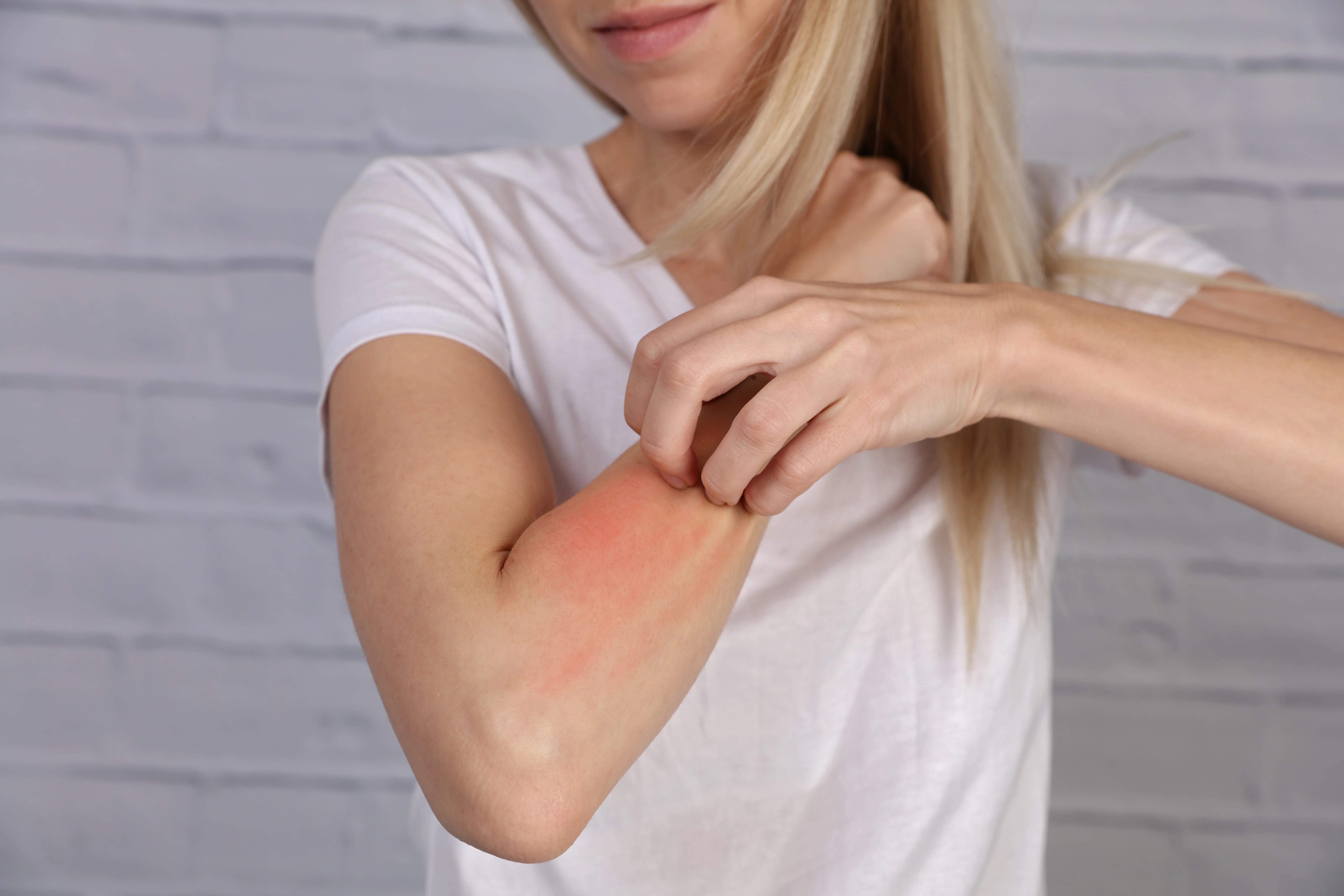
Lifestyle Modifications to Reduce Urine-Related Skin Issues
Beyond cleaning and treatment, certain lifestyle changes can significantly reduce the risk of developing skin rashes due to urine exposure.
Strategies for Minimizing Urine-Skin Contact
- Regular bathroom scheduling to reduce accidents
- Limiting fluid intake before bedtime
- Using high-quality, absorbent incontinence products
- Wearing loose-fitting, breathable clothing
- Changing wet clothing or bedding promptly
Can dietary changes help reduce urine-related skin irritation. Yes, avoiding bladder irritants like caffeine, alcohol, and spicy foods can help reduce urinary frequency and urgency, thereby minimizing the risk of skin exposure to urine.
The Role of Proper Hydration in Skin Health and Urinary Function
While it might seem counterintuitive, proper hydration plays a crucial role in both maintaining skin health and managing urinary issues. Balanced hydration can help reduce the concentration of irritants in urine and support overall skin integrity.

Balancing Hydration for Skin and Bladder Health
- Drink water consistently throughout the day
- Aim for pale yellow urine as an indicator of good hydration
- Consider timing fluid intake to avoid nighttime accidents
- Include hydrating foods in your diet, such as fruits and vegetables
How much water should one drink for optimal bladder and skin health. While individual needs vary, a general guideline is to drink enough fluid so that you rarely feel thirsty and produce colorless or light yellow urine.
Advanced Treatment Options for Persistent Urinary Issues
For individuals with chronic urinary problems leading to frequent skin irritation, more advanced treatment options may be necessary. These treatments aim to address the root cause of urinary issues, thereby reducing the risk of skin exposure to urine.
Medical Interventions for Urinary Control
- Medications to reduce bladder contractions or increase bladder capacity
- Pelvic floor exercises to strengthen urinary control muscles
- Botox injections to relax overactive bladder muscles
- Nerve stimulation techniques to improve bladder function
- Surgical options for severe cases of incontinence
Are these treatments suitable for everyone with urinary issues. No, the appropriateness of these treatments varies based on individual health conditions, the severity of symptoms, and other factors. A healthcare provider should be consulted to determine the best approach.

The Psychological Impact of Urine-Related Skin Issues
The physical discomfort of urine-related skin rashes is often accompanied by psychological stress. Addressing both aspects is crucial for comprehensive care and improved quality of life.
Coping Strategies for Emotional Well-being
- Seeking support from healthcare providers or support groups
- Practicing stress-reduction techniques like meditation or deep breathing
- Maintaining open communication with partners or family members
- Focusing on self-care and overall health
- Exploring therapy options if psychological distress is significant
How can one maintain confidence while dealing with urinary issues and skin rashes. Building a strong support system, staying informed about treatment options, and focusing on overall health and well-being can help maintain self-esteem and confidence.
Innovative Technologies in Skin Protection and Urinary Management
As research in urological health advances, new technologies are emerging to help individuals manage urinary issues and protect their skin more effectively.

Cutting-edge Solutions for Skin and Bladder Health
- Smart incontinence products with moisture sensors
- Advanced fabric technologies that wick moisture away from skin
- Wearable devices for bladder training and urge suppression
- Smartphone apps for tracking bladder habits and skin health
- Biodegradable, skin-friendly materials for incontinence products
How accessible are these innovative technologies. While some are already available in the market, others are still in development. As they become more widespread, they are likely to become more accessible and affordable for a broader range of users.
The Importance of Regular Skin Checks and Professional Evaluation
Regular monitoring of skin health is crucial for individuals prone to urine-related skin issues. This proactive approach can help catch and address problems early, preventing more serious complications.
Guidelines for Skin Self-examination and Professional Check-ups
- Perform daily visual inspections of areas exposed to urine
- Note any changes in skin color, texture, or sensation
- Schedule regular check-ups with a healthcare provider
- Seek immediate medical attention for persistent or worsening rashes
- Keep a log of skin changes and treatments for discussion with your doctor
How often should one have a professional skin evaluation if prone to urine-related issues. While individual needs vary, a general guideline is to have a thorough skin check at least once every 3-6 months, or more frequently if problems persist or worsen.

Nutritional Considerations for Skin Health and Urinary Function
Diet plays a significant role in both skin health and urinary function. Certain nutrients can support skin integrity and may help manage bladder issues, potentially reducing the risk of urine-related skin problems.
Key Nutrients for Skin and Bladder Health
- Vitamin C: Supports collagen production and skin repair
- Omega-3 fatty acids: Help maintain skin moisture and reduce inflammation
- Zinc: Aids in wound healing and supports immune function
- Vitamin D: Important for overall skin health and immune function
- Probiotics: May help maintain urinary tract health and prevent infections
Can dietary changes alone prevent urine-related skin issues. While a healthy diet supports overall skin and bladder health, it should be part of a comprehensive approach that includes proper hygiene, skin care, and medical management of urinary issues.
Environmental Factors Affecting Urine-Related Skin Health
The environment in which a person lives and sleeps can significantly impact the development and management of urine-related skin issues. Controlling these factors can help create a skin-friendly environment.
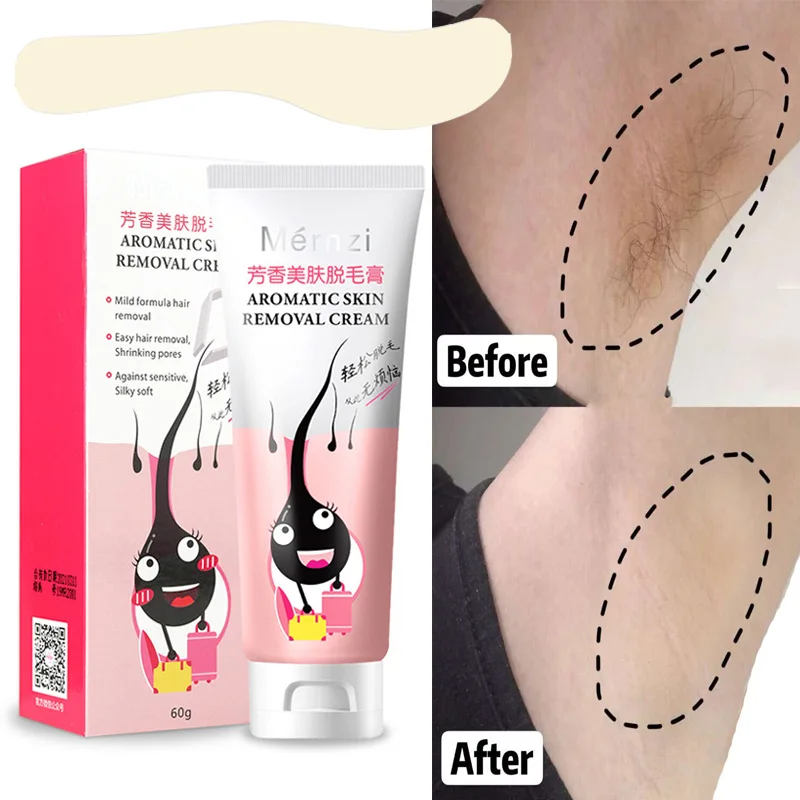
Optimizing the Environment for Skin Health
- Maintain optimal room temperature and humidity levels
- Use hypoallergenic bedding materials
- Ensure proper ventilation in living and sleeping areas
- Consider using a waterproof, breathable mattress cover
- Regularly clean and disinfect surfaces that may come into contact with urine
How does humidity affect urine-related skin issues. High humidity can increase skin moisture, potentially exacerbating problems related to urine exposure. Maintaining a moderate humidity level (around 30-50%) can help keep skin dry and reduce the risk of irritation.
The Future of Urine-Related Skin Care: Research and Development
Ongoing research in dermatology and urology continues to advance our understanding and treatment of urine-related skin issues. These developments hold promise for more effective prevention and management strategies in the future.
Emerging Areas of Research
- Development of new skin barrier technologies
- Advancements in quick-drying, skin-friendly fabrics
- Exploration of microbiome-based therapies for skin and urinary health
- Investigation of gene therapies for bladder control disorders
- Research into personalized treatment approaches based on individual skin and urinary profiles
Will these research areas lead to a cure for urine-related skin issues. While a complete “cure” may not be realistic, these research directions are likely to result in significantly improved management strategies and quality of life for affected individuals.

Understanding the complex relationship between urine exposure and skin health is crucial for effective management of conditions like bed-wetting and overactive bladder. By implementing proper cleaning techniques, using appropriate protective products, and making necessary lifestyle modifications, individuals can significantly reduce the risk of developing urine-related skin rashes. Regular monitoring, professional evaluations, and staying informed about new developments in the field are key to maintaining optimal skin health in the face of urinary challenges. With ongoing advancements in research and technology, the future holds promise for even better solutions to these common yet often overlooked health issues.
Skin Rashes & Overactive Bladder – Cleaning Skin
An overactive bladder can be an embarrassing and upsetting condition, but it also can lead to some discomfort due to skin rashes caused by exposure to urine.
Urine is created by the kidneys as they filter impurities from the body, and it can irritate the skin after prolonged exposure. The germs which normally live on the skin in the genital area can transform some substances in urine into ammonia, which is very harsh on the skin.
Urine also can affect the pH level, making your skin more susceptible to attack by fungi or yeast. People with incontinence problems often develop yeast infections, jock itch, or other types of fungal infection.
An overactive bladder also can lead to skin abrasion as wet skin rubs against cloth in underwear, the elastic or tape fasteners in adult diapers, or the plastic in leg gathers.
Cleaning Skin After Urine Leakage
The most important thing to remember is to clean the skin thoroughly right after urine leakage has occurred. Here are some tips on cleaning to prevent skin rash:
Here are some tips on cleaning to prevent skin rash:
- Use a mild soap and warm water to wash the skin free of urine.
- Rinse well to prevent rashes or dry skin dry caused by soap residue.
- Pat the skin dry using a towel. Pat rather than rub, to avoid rubbing the skin raw.
- Frequent washing with soap and water can dry out the skin or irritate it. If this is happening to you, you might want to consider using disposable wipes or perineal (genital area) cleansers. These products contain mild antiseptics and cleansing agents gentler to the skin than those in bar soap, and do not require rinsing. Some perineal cleansers also are pH-balanced for the skin and contain antimicrobials to kill off harmful bacteria.
When choosing any cleanser you should avoid products that contain fragrances or alcohol, because they can irritate or dry the skin.
Skin Care Products and Overactive Bladder
If you end up cleaning your skin so often that you dry it out or irritate it, use a moisturizer. Moisturizers seal in existing moisture or add moisture to the skin, and come in creams, lotions, or pastes.
Moisturizers seal in existing moisture or add moisture to the skin, and come in creams, lotions, or pastes.
If you experience frequent overactive bladder accidents, and are likely to be wet for long periods of time, you may want to consider using a skin sealant or urine moisture barrier. Some are creams or ointments containing ingredients like lanolin or petroleum jelly that form a protective barrier on the skin.
There are also sprays or towelettes that cover the skin in a clear protective film but allow air flow. Remember that you still have to clean the skin after incontinence, even when using these products. Just reapply your moisture barrier after cleaning and drying the skin.
Finally, there are a number of products available to treat existing skin rashes:
- Hydrocortisone cream can be used occasionally to help soothe irritated skin. Follow your doctor’s recommendations for use.
- People with yeast infection rashes (this may appear as skin areas that are bright red with surrounding bumps) can purchase over-the-counter creams that will treat these infections, but you should check with your doctor before using them.

- You also might consider using an antifungal powder if you find that your skin is constantly moist. This can help absorb moisture as well as prevent fungal and yeast infections.
An overactive bladder doesn’t have to lead to skin problems. Be prepared to cleanse, moisturize, and protect your skin — and see your doctor if rashes or other skin irritations develop.
9 Smart Ways to Manage a Leaky Bladder
These 9 healthy habits can make a difference for people with urinary incontinence — and even help them overcome fears of bladder leakage.
By Katherine Lee
10 Ways to Keep Your Bladder Healthy and Happy
Improve your bladder health and avoid urologic conditions like incontinence and UTIs with these helpful tips.
By Eric Metcalf, MPH
What Is Overactive Bladder? Symptoms, Causes, Diagnosis, Treatment, and Prevention
Overactive bladder (OAB) is a condition defined by the frequent, urgent need to urinate.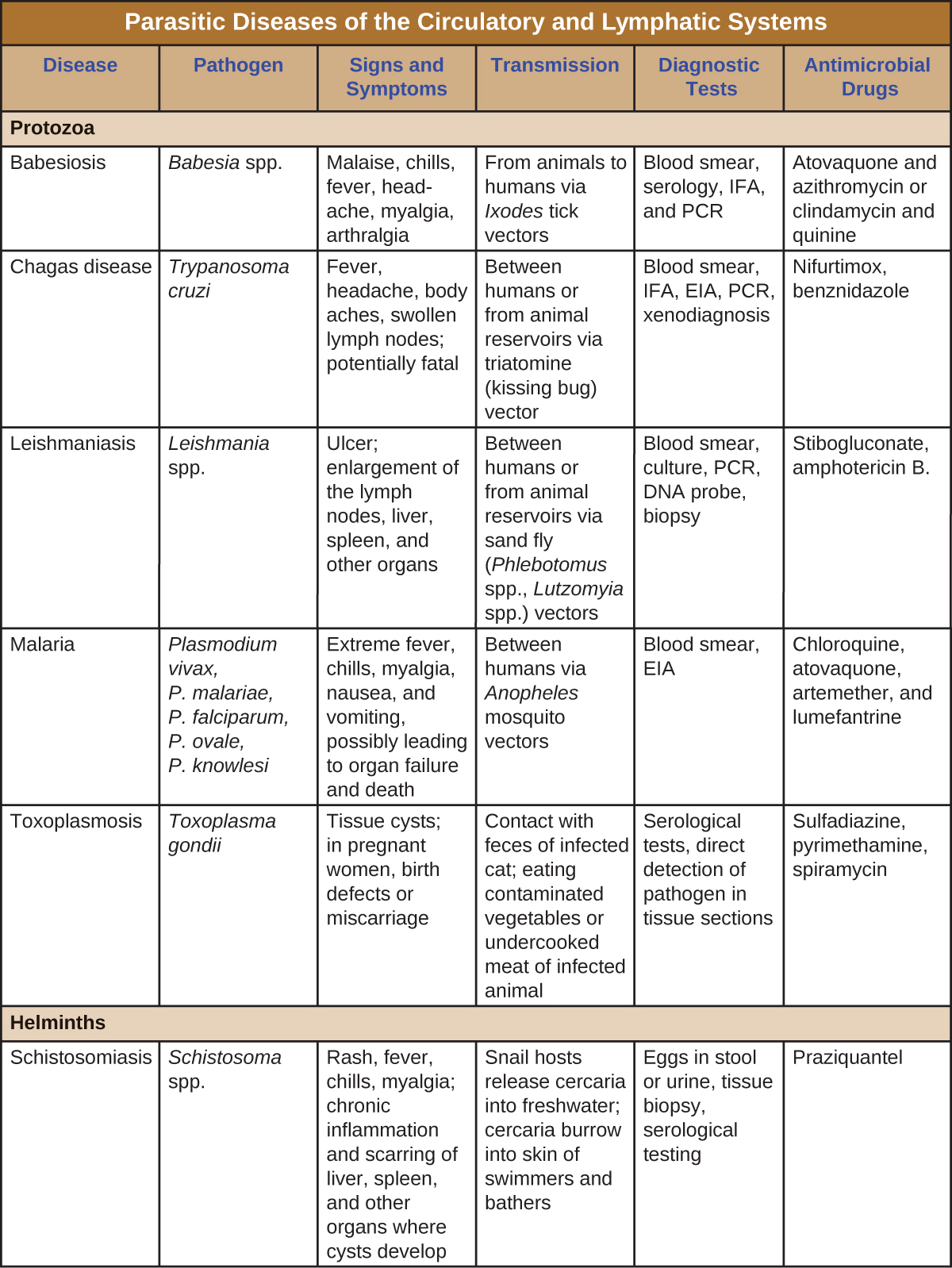 It can result from different diseases and health conditions.
It can result from different diseases and health conditions.
By Quinn Phillips
What Is Urinary Incontinence? Symptoms, Causes, Diagnosis, Treatment, and Prevention
Urinary incontinence occurs when the muscles in the bladder that control the flow of urine contract or relax involuntarily.
By Beth Levine
Overactive Bladder Treatment
Often, treatment for overactive bladder begins with lifestyle changes that can help your bladder act more predictably. But if lifestyle measures aren’…
By Quinn Phillips
Overactive Bladder Diagnosis
In most cases, overactive bladder isn’t caused by a localized problem that can be easily detected and treated. This means that to diagnose OAB, your doctor…
By Quinn Phillips
How to Prevent an Overactive Bladder
Once your doctor confirms that your episodes of urgency are symptoms of an overactive bladder rather than a related condition, you’ll want to discuss . ..
..
By Quinn Phillips
Check In, Check Up: Overactive Bladder
Are your OAB symptoms affecting your lifestyle and mental health? Take these quizzes to find out and get tips to improve your OAB management plan.
By Brian P. Dunleavy
Incontinence Can Lead to Skin Problems
Saro Arakelians, PharmD
Pharmacy TimesMay 2021
Volume 89
Issue 05
Pages: 58
Fecal and urinary incontinence can cause bleeding, burning, cracking, and irritation along the genitals, rear, and thighs, sometimes near areas covered by protective pads or underwear.
Patients with incontinence-associated dermatitis (IAD) may experience discomfort and even pain, which is why the rashes should be treated as quickly as possible.1
IAD—sometimes called diaper rash, irritant dermatitis, moisture lesions, or perineal dermatitis—is common among individuals with incontinence, including many older patients and newborns.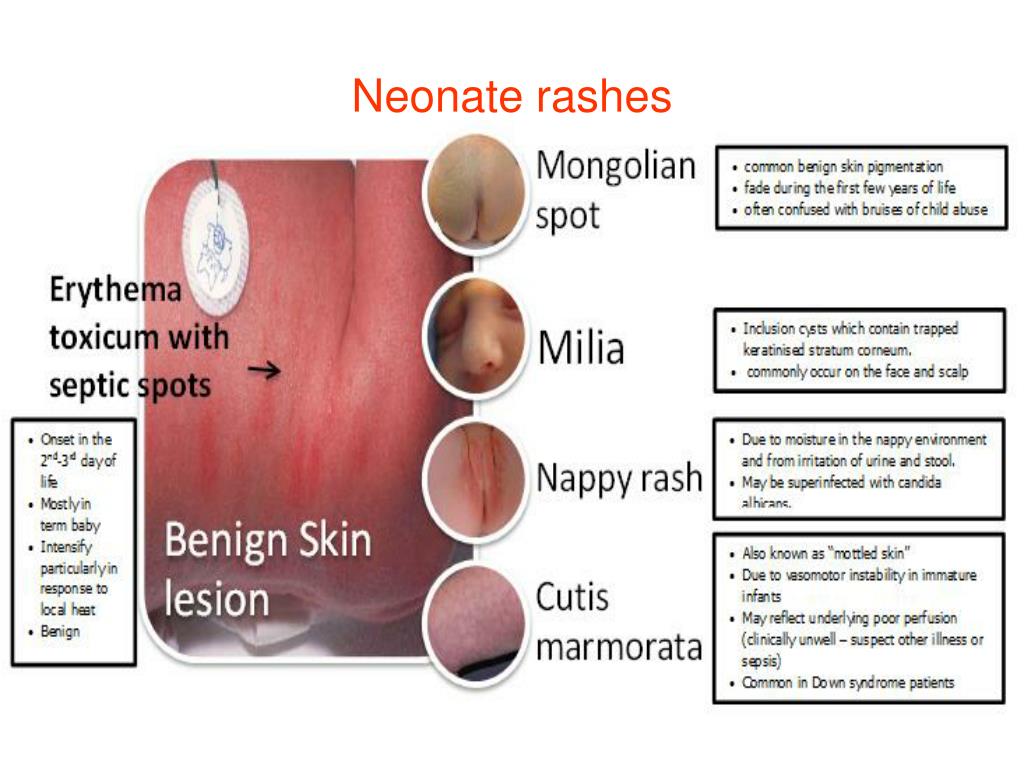 1 The ammonia in urine can cause burns and redness as extreme as sunburn. Friction around the genitals, combined with clothing and wetness, can exaggerate these symptoms.
1 The ammonia in urine can cause burns and redness as extreme as sunburn. Friction around the genitals, combined with clothing and wetness, can exaggerate these symptoms.
IAD affects 20% of individuals who are hospitalized, 50% of critically ill patients, 7.6% of those in long-term acute care, and 3.4% of those in nursing homes on a regular basis.2 Approximately 52% of residents in community-living facilities report IAD at some point in their lives.2
Symptoms of IAD can be mild, moderate, or severe. Mild symptoms can include light red, slightly raised, tender areas. Moderate symptoms can include raised bumps, redness, some peeling, and slight swelling. Severe symptoms can include intense cracking, peeling, redness, swelling, and even bleeding in affected areas. Some severe cases may also involve bacterial or yeast infections.
Treatment options for IAD may include medications as well as recommendations to improve hygiene. This includes eliminating and preventing symptoms by keeping the area clean and dry as much as possible. Keeping the affected area clean includes regularly washing with soap and water and taking frequent showers, as well as drying thoroughly afterward. In addition, changing clothing can help prevent bacteria or virus growth. Absorbent padding can also help minimize skin exposure to bacteria. Another recommendation is to moisturize the skin with hydrogel- or petroleum-based products after drying. Zinc oxide can be a good choice.
Keeping the affected area clean includes regularly washing with soap and water and taking frequent showers, as well as drying thoroughly afterward. In addition, changing clothing can help prevent bacteria or virus growth. Absorbent padding can also help minimize skin exposure to bacteria. Another recommendation is to moisturize the skin with hydrogel- or petroleum-based products after drying. Zinc oxide can be a good choice.
In terms of medications, creams and ointments that can be used.
These include Balmex AdultAdvantage Skin Relief Cream (Randob Labs), Calmoseptine Ointment (Calmoseptine, Inc), Desitin Daily Defense
Cream (Desitin), and Z-Bum Daily Moisturizing Diaper Rash Cream (GM Pharmaceuticals). Most of these creams should be used several times a day and applied to a clean surface on the skin. Encourage patients to read the directions on the label.3 Other treatment options include antibacterial and antifungal creams. Based on the severity, especially if bleeding is involved, patients should check with health care providers before trying medication and treatment options to prevent the skin damage from worsening.
Conclusion
With approximately one-third of patients with fecal and urine incontinence developing chafing, irritated skin and rashes, it is important to address
and treat IAD, which primarily affects older patients and newborns.4 If IAD is not treated properly and in a timely manner, it can lead to other major complications such as serious external and internal infections. In addition, IAD can affect quality of life for patients already suffering from other chronic conditions, making their situation much worse and more painful, so it is important to make treatment a priority.
Saro Arakelians, PharmD, is vice president of pharmacy operations at a pharmacy in the Los Angeles, California, area.
REFERENCES
- Silver N. What is incontinence-associated dermatitis and how is it treated? Healthline. Updated April 7, 2017. Accessed April 7, 2021. https://www.healthline.com/health/overactive-bladder/incontinence-associated-dermatitis[RP1]
- Bliss DZ, Funk T, Jacobson M, Savik K.
 Incidence and characteristics of incontinence-associated dermatitis in community-dwelling persons with fecal incontinence. J Wound Ostomy Continence Nurs. 2015;42(5):525-530. doi:10.1097/WON.0000000000000159
Incidence and characteristics of incontinence-associated dermatitis in community-dwelling persons with fecal incontinence. J Wound Ostomy Continence Nurs. 2015;42(5):525-530. doi:10.1097/WON.0000000000000159 - Chertoff C. What you should know about adult diaper rash. Healthline. Updated July 3, 2019. Accessed April 7, 2021. https://www.healthline.com/health/adult-diaper-rash#treatment[RP2].
- Brown H. Incontinence-associated dermatitis. DermNet Nz. September 2019. Accessed April 7, 2021. https://dermnetnz.org/topics/incontinence-associated-dermatitis/#:~:text=Incontinence%2Dassociated%20dermatitis%20can%20affect,and%20population%20studied%20%5B1%5D [RP3]
Allergen e74 – rat urine, IgE
Quantitative determination of specific IgE antibodies to rat urine, which can cause allergic manifestations. Urine is considered one of the main (along with rat serum proteins and epithelium) rat allergens. The spread of the allergen is facilitated by regular cleaning of cages with rats without observing elementary hygiene rules, as well as the free movement of a rat around the apartment. This test is important in the diagnosis of bronchial asthma, respiratory allergies, allergic conjunctivitis in people in contact with rat allergen (both constant contact when rats are indoors as pets, and periodic contact with “wild” pest rats).
This test is important in the diagnosis of bronchial asthma, respiratory allergies, allergic conjunctivitis in people in contact with rat allergen (both constant contact when rats are indoors as pets, and periodic contact with “wild” pest rats).
Synonyms Russian
Allergen-specific IgE to rat.
Synonyms English
Allergen e74, Rat Urine IgE.
Test method
Immunochemiluminescent assay.
Units
IU/ml (international unit per milliliter).
What biomaterial can be used for research?
Venous blood.
How to properly prepare for the study?
- Do not smoke for 30 minutes before the test.
General information about the study
Rat urine is the main source of rodent allergens. The main allergen is Rat n 1, which is present in high concentrations in the urine of males, belongs to the lipocalin proteins (PF00061). This protein is a tetramer and consists of 181 amino acids. In 90% of people sensitized to rats, sensitivity is found specifically to Rat n 1. This antigen has the ability to attach to small particles (10 microns or less) and spread over long distances. In addition, people sensitive to Rat n 1 may react to the almost identical mouse antigen Mus m 1, which also belongs to lipocalins.
This protein is a tetramer and consists of 181 amino acids. In 90% of people sensitized to rats, sensitivity is found specifically to Rat n 1. This antigen has the ability to attach to small particles (10 microns or less) and spread over long distances. In addition, people sensitive to Rat n 1 may react to the almost identical mouse antigen Mus m 1, which also belongs to lipocalins.
Symptoms of rat allergy can come in several forms. In workers who have constant contact with laboratory animals, allergy to rats is most often manifested by allergic rhinitis, allergic conjunctivitis and contact dermatitis. In a few multicenter studies, the prevalence of asthma caused by allergies to rodents, including rats, was considered. Severe cases of allergy to rats have not been described in the literature.
Human exposure to rat allergens has not been well studied, but the prevalence of rat allergens has been found to be associated with the incidence of asthma in children in poor areas. Based on these data, it is recommended to undergo allergy testing for sensitivity to rodent allergens (rats and mice) for children with difficult-to-control asthma living in rural areas, as well as in poor urban areas.
Based on these data, it is recommended to undergo allergy testing for sensitivity to rodent allergens (rats and mice) for children with difficult-to-control asthma living in rural areas, as well as in poor urban areas.
What is research used for?
- Detection of sensitization to rat allergens in children and adults.
When is the test scheduled?
- For suspected allergy to rats in children and adults.
What do the results mean?
Reference values: 0 – 0.10 IU/ml.
Causes of an increase in the level of specific IgE:
Reasons for a decrease in the level of specific IgE
With repeated examination (in dynamics), the level of specific IgE may decrease for the following reasons:
- limitation or exclusion of contact with the allergen;
- medical treatment.
Important Notes
- Performing this study is safe for the patient compared to skin tests (in vivo), as it eliminates the patient’s exposure to the allergen.

- The use of antihistamines and age characteristics do not affect the quality and accuracy of the study.
Also recommended
- Fadiatop (ImmunoCAP)
- Fadiatop Child (ImmunoCAP)
- Serum total immunoglobulins E (IgE)
- Complete blood count (without leukocyte formula and ESR)
- Leukocyte formula
- Erythrocyte sedimentation rate (ESR)
- Allergy component e101 – dog rCan f 1, IgE (ImmunoCAP)
- Allergy component e94 – cat rFel d1, IgE (ImmunoCAP)
- Allergen e4 – cow dander, IgE
- Allergen e81 – sheep epithelium, IgE
- Allergen k20 – wool, IgE
- Household allergen mix hx2 (ImmunoCAP), IgE: house dust, house dust mite D. pteronyssinus, house dust mite D. farinae, red cockroach
- Occupational Allergen Mix No. 1 (IgE): horse dander, cow dander, goose feather, chicken feather
- Animal Allergen Mix No.
 70 (IgE): guinea pig epithelium, rabbit epithelium, hamster, rat, mouse
70 (IgE): guinea pig epithelium, rabbit epithelium, hamster, rat, mouse - Inhalant Allergen Mix No. 7 (IgE): cat epithelium, dog dander, rabbit epithelium, horse dander, Dermatophagoides pteronyssinus mite
Who orders the examination?
Allergist, pediatrician, pulmonologist, therapist, general practitioner.
Literature
- Elizabeth C. Matsui. Management of Rodent Exposure and Allergy in the Pediatric Population/ Curr Allergy Asthma Rep. Dec 2013; 13(6): 10.
- Thatchai Kampitak1 and Stephen D Betschel1. Anaphylaxis in laboratory workers because of rodent handling: two case reports / J Occup Health. 2016 Jul 20; 58(4): 381-383.
Childish rash on the body of a child
What is strawberry tongue and slapped cheek syndrome? Why is measles called the first disease and scarlet fever the second? Why does the banal roseola scare parents so much? In honor of Children’s Day, we are talking about childhood infections.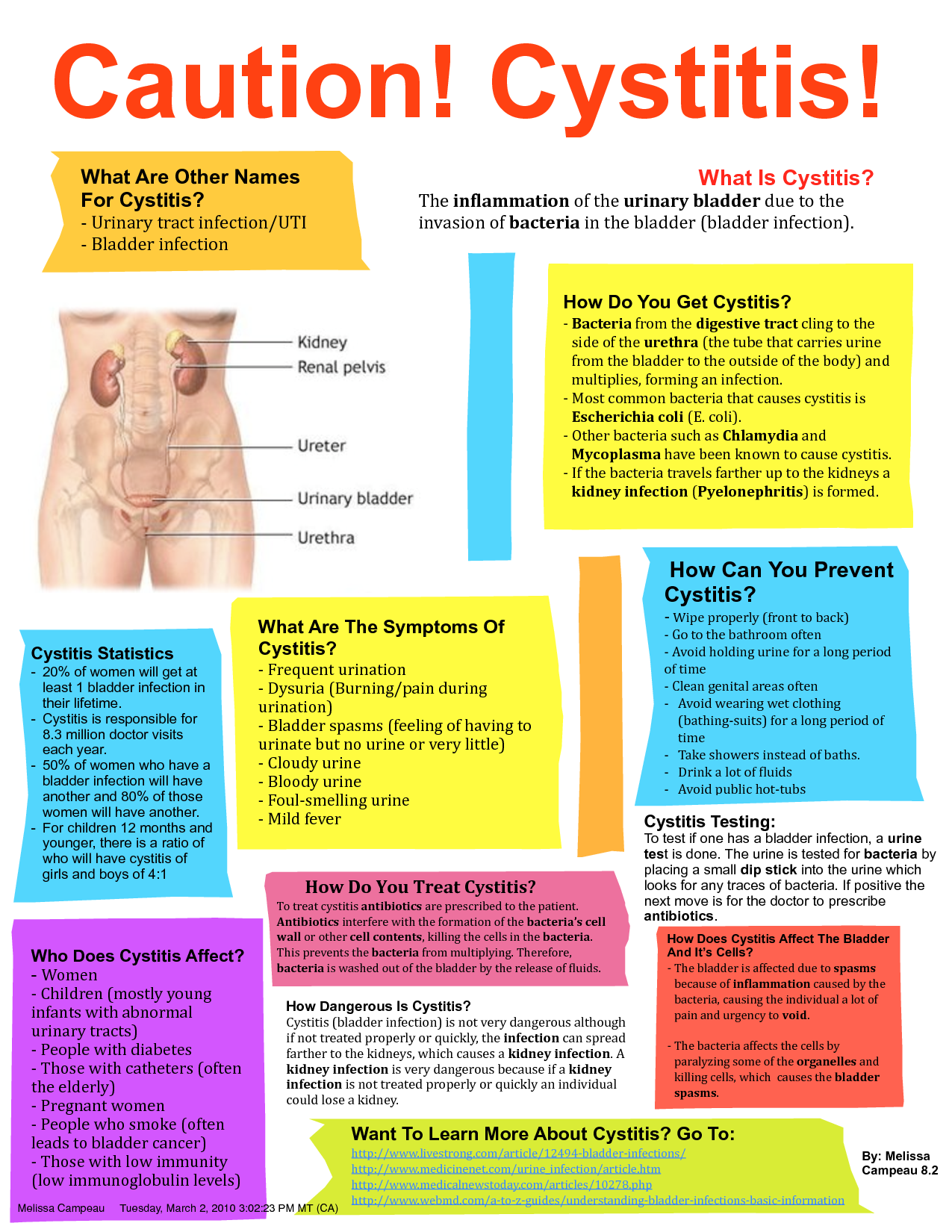
Any medical student knows about the six primary exanthems. These are infectious diseases with similar manifestations: they always begin with a fever and are accompanied by skin rashes, which are otherwise called exanthems. Mostly children get sick of them – usually easily, but some infections from this list can be dangerous, while others, although harmless, often make parents nervous. Here is the famous classic six.
First: measles
Measles, which practicing pediatricians have not encountered for a long time, is now on everyone’s lips – the outbreak of the first disease has spread to a dozen European countries, and the incidence is growing in Russia. Measles is not as mild a disease as is commonly believed. It is unpleasant to get sick with it even in childhood, and adults, due to the peculiarities of the immune system, endure it hard. In addition, it is dangerous with complications that can develop in anyone: measles pneumonia, purulent otitis media, laryngeal stenosis, bronchitis, kidney, liver and brain damage. The consequence of measles can be deafness or blindness, people still die from it.
The consequence of measles can be deafness or blindness, people still die from it.
A typical symptom: spots of Belsky – Filatov – Koplik – a white rash similar to semolina, surrounded by a red border. They appear on the mucous membrane of the cheeks about a day before the measles rash.
Prevention and treatment : there is no cure for measles, the most reliable prevention of infection is a double vaccination.
Second: scarlet fever
All Soviet schoolchildren knew about the existence of this disease – from the gloomy poem “Death of a Pioneer” by Eduard Bagritsky, the heroine of which was dying in the hospital. In the 30s of the last century, when this work was written, scarlet fever was one of the most severe childhood infections. In our time, it is incomparably easier – experts attribute this to both improving the quality of life of children and the availability of antibiotics.
Scarlet fever is caused by group A hemolytic streptococcus.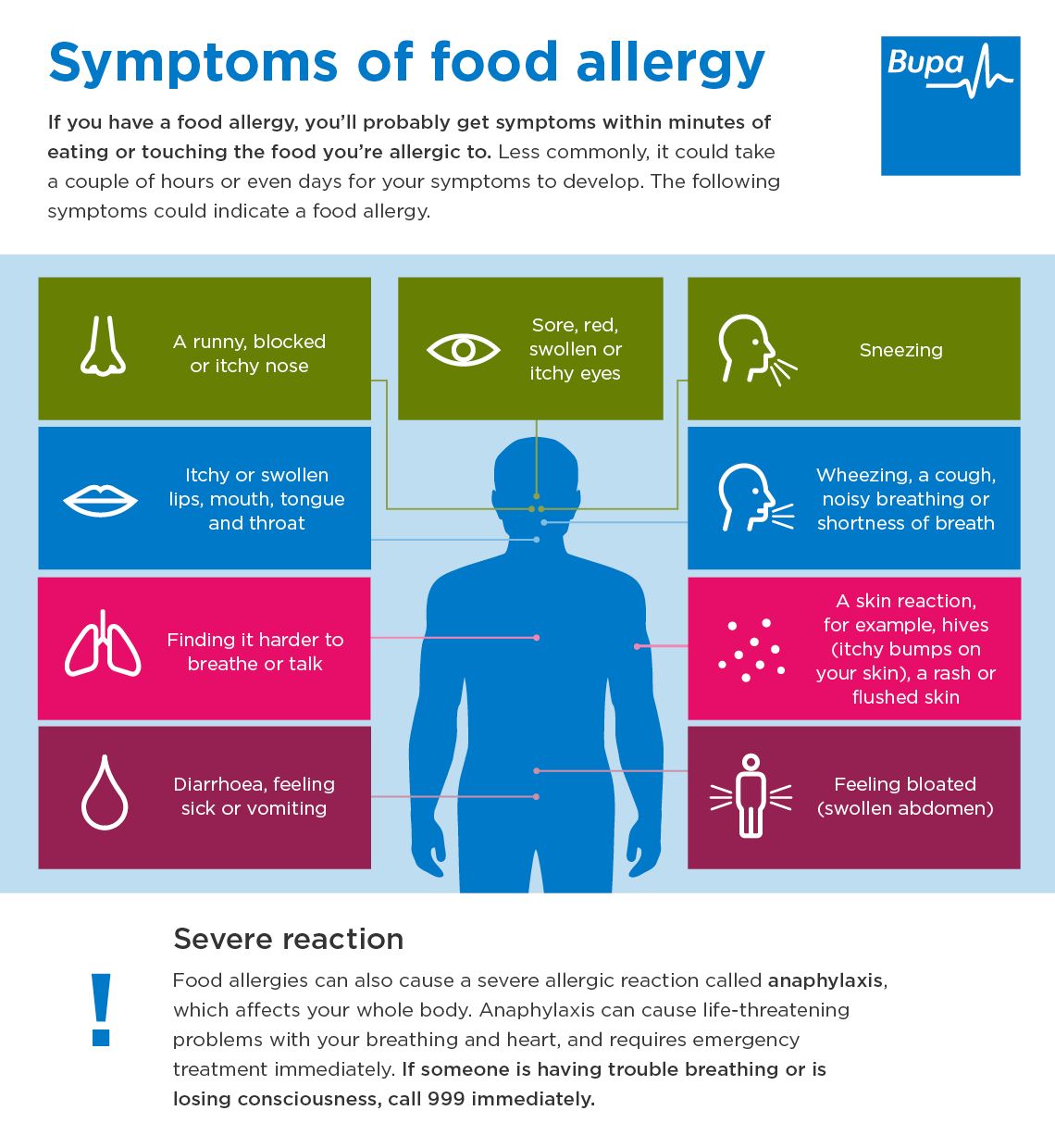 It is similar to a sore throat, but is manifested not only by high fever, general malaise and sore throat, but also by a small rash, which usually appears on the cheeks, on the folds of the arms and legs, under the armpits a day after the onset of the disease , on the sides of the body. Scarlet fever is a very contagious disease, according to sanitary standards it is subject to control: having made such a diagnosis, the doctor must inform the epidemic surveillance authority. After recovery, quarantine is established for up to 12 days.
It is similar to a sore throat, but is manifested not only by high fever, general malaise and sore throat, but also by a small rash, which usually appears on the cheeks, on the folds of the arms and legs, under the armpits a day after the onset of the disease , on the sides of the body. Scarlet fever is a very contagious disease, according to sanitary standards it is subject to control: having made such a diagnosis, the doctor must inform the epidemic surveillance authority. After recovery, quarantine is established for up to 12 days.
Typical symptom: strawberry tongue – the surface of the tongue is scarlet, dotted with white dots.
Prevention and treatment : Hemolytic streptococcus is transmitted by airborne droplets, the risk of infection is reduced by personal hygiene – washing hands, wet cleaning, etc. Treat scarlet fever with antibiotics.
Third: rubella
Given the high contagiousness of rubella and the fact that the patient begins to isolate the virus long before the onset of the first symptoms, it is easy to get sick if there is no vaccination.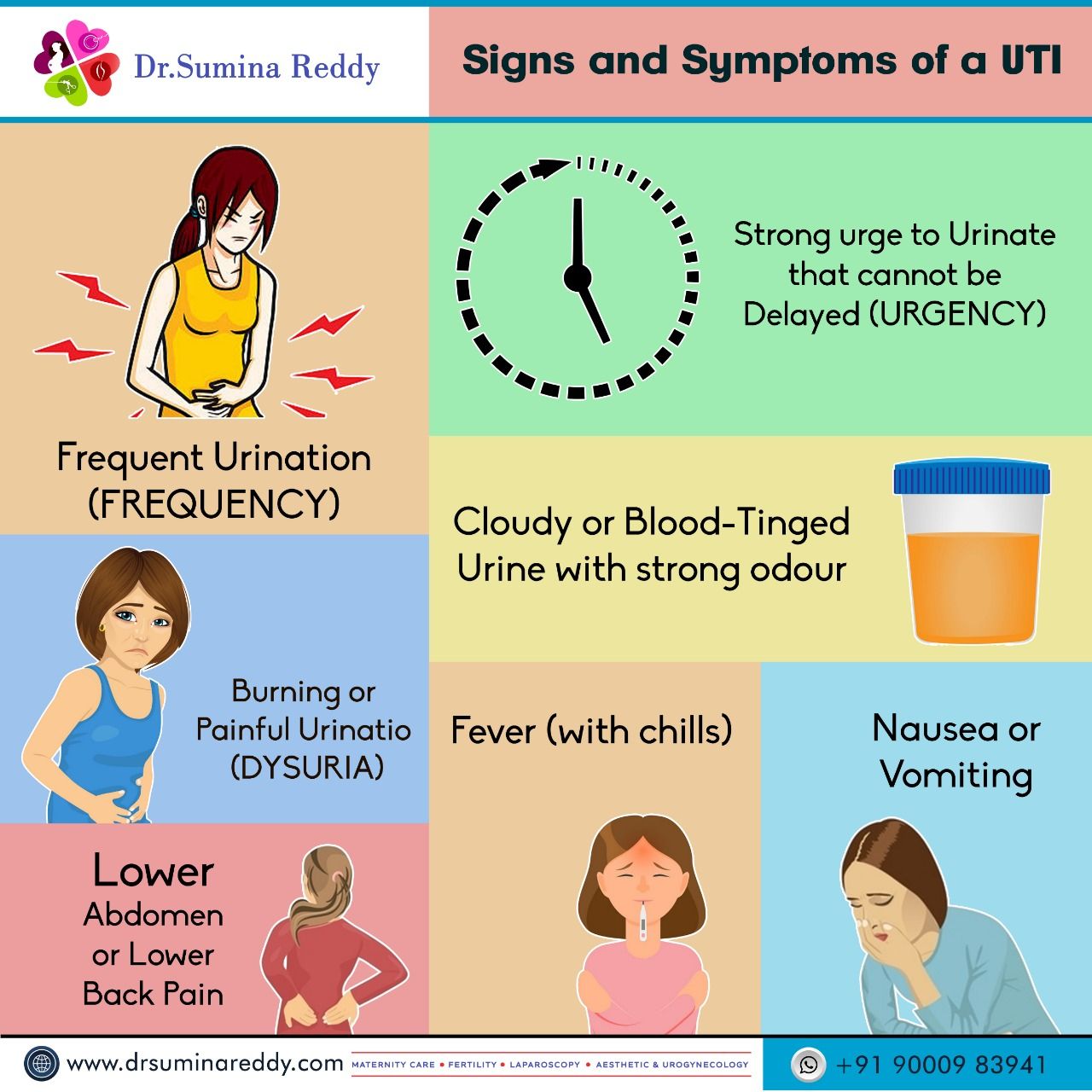 Often rubella is very mild, sometimes only with a rash, or even asymptomatic. Sometimes, when there are no rashes, it is mistaken for a mild SARS. However, the patient is still contagious.
Often rubella is very mild, sometimes only with a rash, or even asymptomatic. Sometimes, when there are no rashes, it is mistaken for a mild SARS. However, the patient is still contagious.
The main danger of rubella is for pregnant women: infection during pregnancy can lead to interruption or severe pathologies in the fetus. The risk is higher the shorter the gestational age, which is why a blood test for antibodies to rubella and, if it is negative, a subsequent vaccination, are included in the preparation plan for conception. Children are vaccinated against rubella at the same time as measles – at 12 months and 6 years.
A typical symptom: an increase in the cervical lymph nodes before the appearance of a rash, red dots in the sky – the so-called Forksheimer’s spots. The rash itself is smooth to the touch, similar to drops of paint. She acts first on the face and behind the ears, then on the rest of the skin.
Prevention and treatment : there is a vaccine for rubella, but no specific treatment.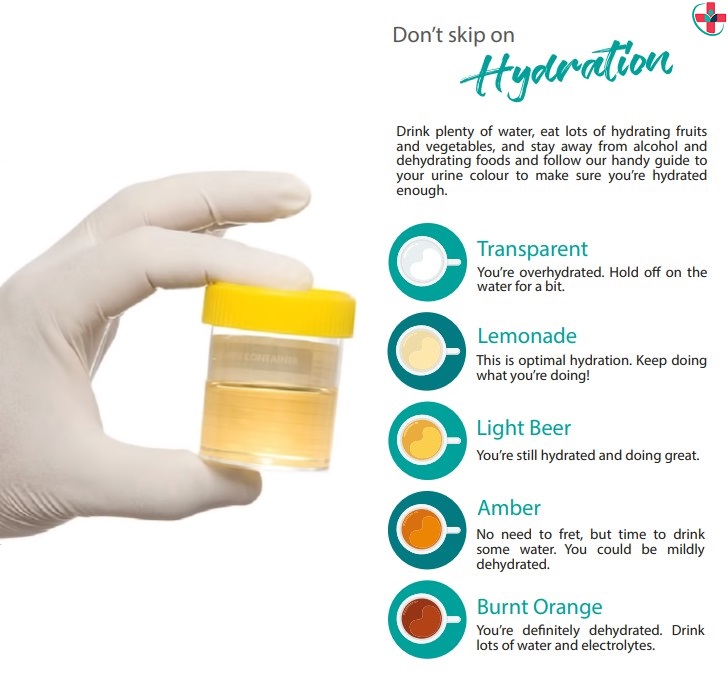
Fourth: mononucleosis
Previously, the fourth was Filatov-Dukes disease – scarlatinal rubella. It was described as a mild form of scarlet fever, with a low fever, swollen lymph nodes, and a similar rash that went away on its own without complications. Subsequently, it ceased to be considered an independent disease.
Now the fourth disease is called infectious mononucleosis, although it is not always accompanied by a rash. The symptoms of this disease caused by the Epstein-Barr virus are very diverse – it usually manifests itself with fever, sore throat, liver enlargement, general malaise, but joint pain, headaches, herpes on the skin, etc. can also occur. The rash with mononucleosis is similar to red spots are irregular in shape and occur in about 25 percent of cases. There is another type of rash characteristic of this disease: in the event that the patient takes antibiotics prescribed by mistake or “just in case”, the so-called ampicillin rash may develop. She, unlike the usual, not associated with antibiotics, can itch – including at night, causing severe discomfort.
She, unlike the usual, not associated with antibiotics, can itch – including at night, causing severe discomfort.
Typical symptoms: prolonged fever, inflammation of the tonsils, significant enlargement of the lymph nodes, ampicillin rash.
Prevention and treatment : personal hygiene – Epstein-Barr virus is very common and easily transmitted by airborne droplets and through household contact (mononucleosis is also called the kissing disease). The disease is treated with antiviral and symptomatic drugs.
Fifth: erythema infectiosum
The fifth disease, parvovirus infection, slap disease, is all erythema infectiosum, very common among children. It begins with fever, headache and runny nose, but differs from acute respiratory infections in rashes on the cheeks, and then on the body. The rash slowly passes, sometimes itches, becomes brighter, for example, in the heat. The fifth disease, caused by parvovirus B19, is mild and without consequences. However, there are two categories of people for whom this infection can be dangerous – pregnant women, especially in the early stages, and patients with anemia, in particular sickle cell. If they become infected with parvovirus, they need to see a doctor.
However, there are two categories of people for whom this infection can be dangerous – pregnant women, especially in the early stages, and patients with anemia, in particular sickle cell. If they become infected with parvovirus, they need to see a doctor.
A typical symptom: in children – slapped cheek syndrome (bright red skin on the cheeks), in adults – joint pain. The rash on the body looks like lace.
Prevention and treatment : personal hygiene, no treatment usually required.
Sixth: roseola
This disease is very frightening for parents, and doctors do not always recognize it, which leads to unnecessary prescription of antibiotics. The child suddenly develops a high temperature, which is difficult to reduce with the help of antipyretics. There are no other symptoms – no cough, no runny nose, no pain of any kind.
In fact, there is nothing dangerous in roseola. It develops when a child becomes infected with the herpes simplex virus type 6. This happens so often that almost all children have time to get sick with roseola before the age of 5. You can only transfer it once in your life.
This happens so often that almost all children have time to get sick with roseola before the age of 5. You can only transfer it once in your life.
A typical symptom: exactly after 3 days the temperature returns to normal sharply (hence another name for roseola – children’s three-day fever) and a rash appears in another day.
Prevention and treatment : not required – roseola is not dangerous and goes away on its own.
How to recognize scarlet fever and why “stars” on the skin are alarming
Of course, the list of infections that may be accompanied by rashes is not limited to these six diseases. It is quite large – this is chickenpox, and enterovirus infection, and yersiniosis, and shingles, and many others. Unfortunately, among such infections there are also very dangerous ones, in which delay can lead to serious consequences and death of a person. How not to miss such situations, what to pay special attention to when a rash is an alarming symptom, in which cases laboratory tests are needed, says pediatrician Elena Nikiforova, medical expert at the laboratory of personalized medicine LabQuest.
In what cases is it necessary to take tests?
– As a rule, these diseases are diagnosed clinically, because there is a typical picture of the disease. This applies to measles, rubella, roseola, infectious erythema, in which the rash appears at a certain point and in stages. With measles, the diagnosis is further confirmed in the infectious diseases department – this disease is not treated at home. With rubella, the doctor may order general blood and urine tests if there is a suspicion that a bacterial infection has joined.
With scarlet fever, the diagnosis is a test for group A streptococcus. There are home tests that help to differentiate the pathogen on the spot, a throat swab is taken in the laboratory. You need to take the test promptly, at the first symptoms, before starting treatment and even using symptomatic remedies – a throat spray, lozenges, etc. If the result is positive, and the child has a fever, red throat, raids on the tonsils, an antibiotic is prescribed.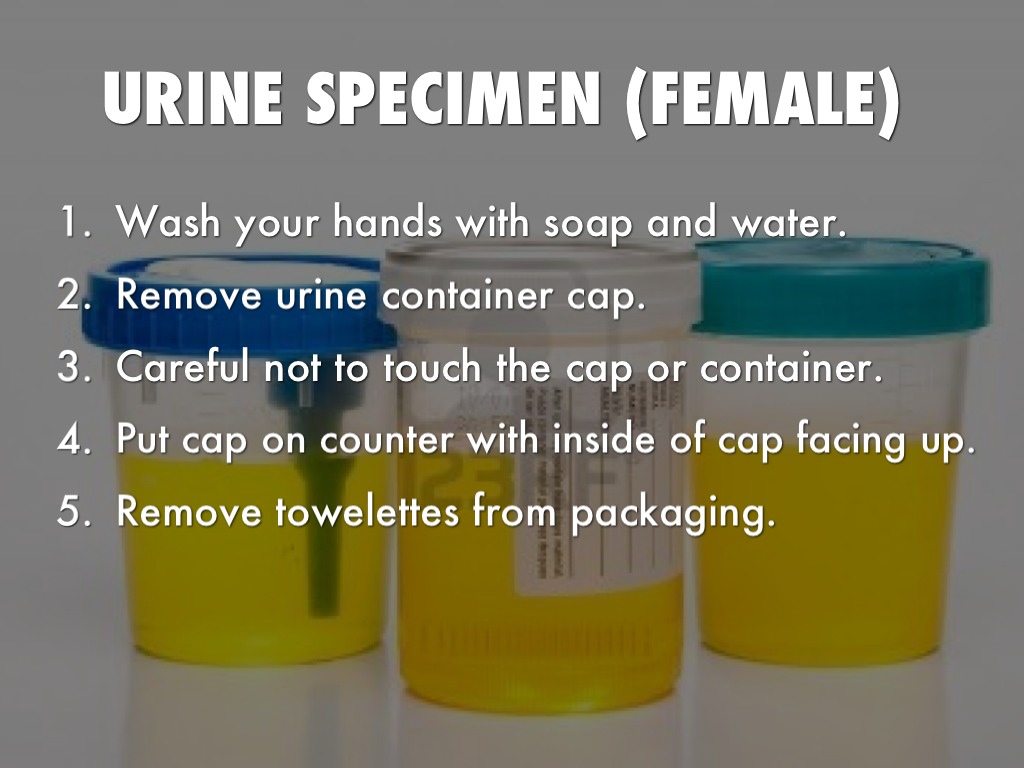
Now, a blood test for antibodies to the Epstein-Barr virus, which causes mononucleosis, is being massively prescribed. And often, treatment is prescribed even if IgG antibodies are detected, which indicate a previous infection and developed immunity. Mononucleosis is treated only in the acute period – this can be determined using a blood test for type M antibodies (IgM).
When is a fever and rash a reason to call an ambulance?
– There is a principle that doctors adhere to and that parents should take note of: any fever and rash is a reason to immediately call an ambulance. First of all, it is necessary to diagnose meningococcemia. Meningococcal infection affects the lining of the brain. Very rarely, this happens at lightning speed, with meningitis there is at least a day to diagnose this disease and begin to treat it. Meningococcemia develops when the infection begins to affect the walls of blood vessels, it actively multiplies, a toxin is released into the blood, and sepsis develops.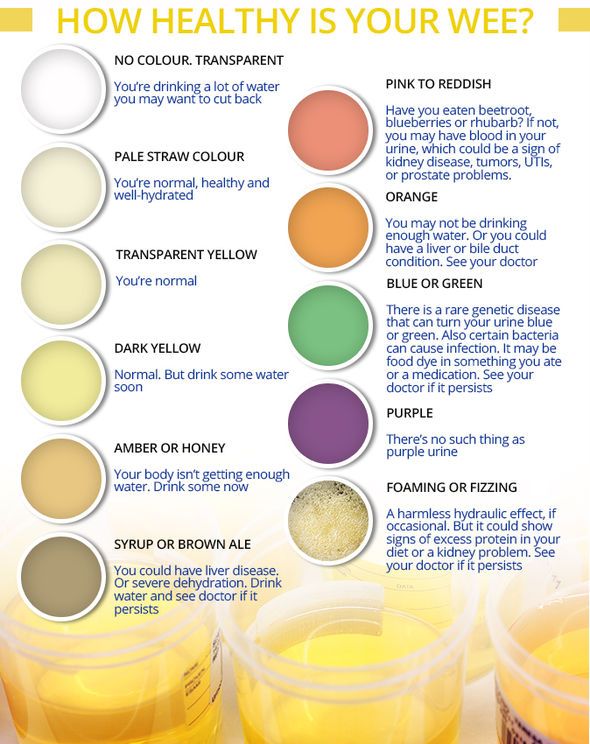


 Incidence and characteristics of incontinence-associated dermatitis in community-dwelling persons with fecal incontinence. J Wound Ostomy Continence Nurs. 2015;42(5):525-530. doi:10.1097/WON.0000000000000159
Incidence and characteristics of incontinence-associated dermatitis in community-dwelling persons with fecal incontinence. J Wound Ostomy Continence Nurs. 2015;42(5):525-530. doi:10.1097/WON.0000000000000159
 70 (IgE): guinea pig epithelium, rabbit epithelium, hamster, rat, mouse
70 (IgE): guinea pig epithelium, rabbit epithelium, hamster, rat, mouse